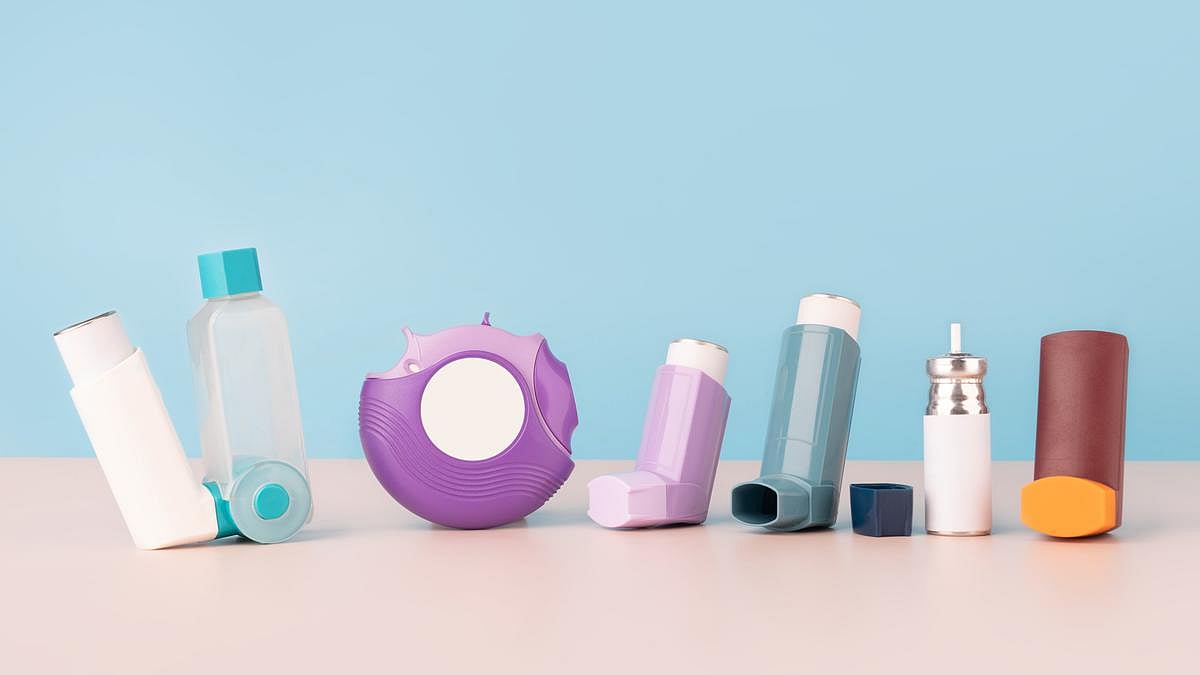Due to a recent change of our website, the process for submitting refill requests online has now changed.
Please click on “Sign Up Today!†to create a new account, and be sure to download our NEW Mobile app!
Thank you for your patience during this transition
Get Healthy!

- Posted September 16, 2024
Polluting Puff: Asthma Inhalers Are Big Contributors to Climate Change
Tiny puffs from asthma inhalers could be causing big climate problems for Mother Earth, a new study warns.
Each inhaler dose contains some of the most potent greenhouse gases known, and they are adding up, researchers reported recently in the Journal of the American Medical Association.
By the time some inhalers are empty, they have emitted as much greenhouse gas as an average car driven 60 miles, researchers found.
Further, the more than 70 million inhalers prescribed in the United States each year contribute more air pollution than the annual electricity use of 200,000 American homes, the researchers added.
"There was a really wide range of emissions between different inhaler types, and it turns out that in the U.S. we're still mostly prescribing the inhalers that are the worst when it comes to emissions," said lead researcher Dr. Jyothi Tirumalasetty, a clinical assistant professor of pulmonary, allergy and critical care medicine at Stanford University.
"But there are some easy replacements for those inhalers, and we hope that patients and providers consider emissions when they choose an inhaler," Tirumalasetty added in a university news release.
There are three main types of inhalers, researchers said:
Metered-dose inhalers that use propellant gas to drive medication deep into the lungs
Dry-powder inhalers that contain medicine dust that patients must breathe in
Soft-mist inhalers that turn liquid medication into an inhaled vapor
Metered-dose inhalers emit high levels of hydrofluorocarbon propellants. Those gases are thousands of times more potent at trapping heat in the atmosphere than carbon dioxide, and are a key player in global warming, researchers said.
For the new study, researchers reviewed 37 common inhalers in the United States to calculate the gases emitted by the devices.
The research team then used data from the U.S.Centers for Medicare and Medicaid Services to estimate which inhalers were most often prescribed.
Metered-dose inhalers accounted for 70% of the nearly 70 million CMS inhaler claims in 2022, and 98% of total emissions attributed to inhalers, researchers found.
Some of these emissions came from each puff of an inhaler, and the rest from gases that remained in the device after its medication had been used up, researchers said.
"When you throw a used inhaler in the trash, there are hydrofluorocarbons left in it that slowly leak into the atmosphere," Tirumalasetty noted.
Unfortunately, dry-powder and soft-mist inhalers are much more expensive, with total costs averaging nearly double that of metered-dose inhalers, researchers found.
"This means that cost is potentially a barrier to the transition from metered-dose inhaler," Tirumalasetty said. "However, we're finding that those costs don't necessarily translate to out-of-pocket costs for patients. Someone may not be paying more for one inhaler over another."
Despite these findings, researchers pointed out that metered-dose inhalers aren’t fading away any time soon.
"We don't want to put patients in a place where they can't afford their inhalers or where they're using an inhaler that doesn't work as well to control their condition," Tirumalasetty said.
Researchers are working on ways to inform patients about their options.
"Ultimately, we'd like to have a nice, simple handout that tells patients, for each inhaler, what the cost is and what the emissions are, so they can decide," she said.
More information
The Mayo Clinic has more on asthma inhalers.
SOURCE: Stanford Medicine, news release, Aug. 29, 2024
